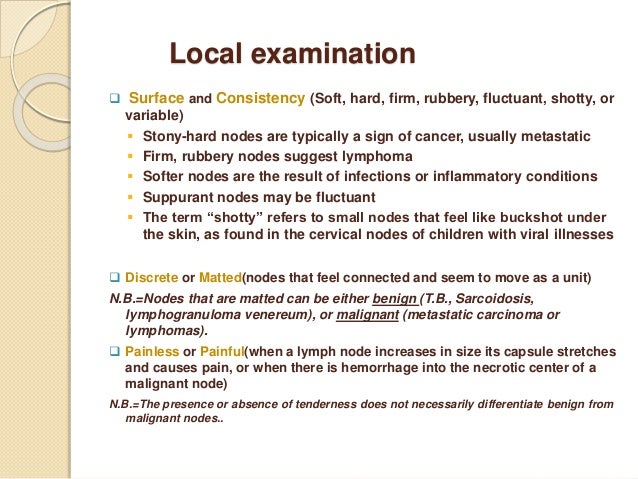

(Case and photograph courtesy of Alexander K. Most patients have an uneventful recovery. Advise patients to avoid contact sports or strenuous exercise for 2 to 3 weeks or while splenomegaly is still present. Reduction of activity and bed rest as tolerated are recommended. Between 80% and 90% of patients who are treated with antibiotics containing ampicillin or amoxicillin experience a pruritic maculopapular rash. The rash is usually maculopapular and occurs in approximately 10% to 15% of cases.

Splenomegaly is usual, and hepatomegaly may be present. Lymphadenopathy occurs most commonly in the anterior and posterior cervical lymph nodes, but generalized lymphadenopathy may be observed. There is often marked tonsillar enlargement with thick tonsillar exudates. The pharynx is usually diffusely inflamed. The patient’s temperature may reach 38.8 oC to 40 oC (102 oF to 104 oF), and the fever may last for 1 to 2 weeks. The classic symptoms are fever, sore throat, and lymphadenopathy. The incubation period from the time of viral exposure to development of infectious mononucleosis is approximately 4 to 7 weeks. The disease most commonly affects those aged 15 to 35 years, with a peak at 15 to 19 years. It is transmitted primarily in saliva (hence, its colloquial appellation, “the kissing disease”) and, less commonly, by blood transfusion. Infectious mononucleosis is caused by the Epstein- Barr virus. At follow-up 3 days later, the patient’s rash had started to fade and the spleen was palpable 2 cm below the costal margin. A diagnosis of infectious mononucleosis was made. Results of a monospot test were positive. The hemoglobin level was 12 g/dL the white blood cell count was 1350/μL, with 78% lymphocytes, 15% neutrophils, and 7% monocytes and the platelet count was 150,000/μL. The patient returned 24 hours later with a maculopapular rash covering the whole body.

The patient was treated with benzydamine hydrochloride oral rinse and acetaminophen. Results of a throat swab proved negative for group A β-hemolytic streptococci. In addition, there were shotty lymph nodes in both cervical areas. The lymph node in the right posterior aspect of the neck was enlarged and tender. Whitish exudates were seen in the tonsillar areas. The pharynx and tonsils were erythematous. The patient’s temperature was 39.5 oC (103.1 oF) heart rate, 98 beats per minute blood pressure, 120/ 80 mm Hg and respiration rate, 20 breaths per minute. There was no history of travel outside the country or of an animal bite or scratch. He had previously been healthy, and his immunizations were up-to-date. An 18-year-old man presented with a 3-day history of fever, sore throat, and neck swelling.


 0 kommentar(er)
0 kommentar(er)
